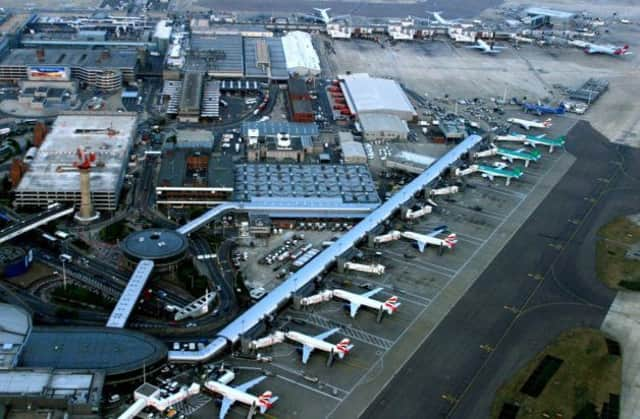Prestwick controllers to cut Heathrow wait times


The system - the first of its kind in the world - will see controllers at NATS in Prestwick work alongside colleagues in London, Ireland, France and the Netherlands to manage air traffic into Heathrow.
The move is aimed at cutting the time aircraft are ‘stacked’ at the UK’s busiest airport, by slowing their approach for landing from up to 400 miles away.
Advertisement
Hide AdAdvertisement
Hide AdNATS, the former National Air Traffic Services, said the move should reduce the average hold time from eight minutes to between five and six minutes, and the firm said 450-500 of Heathrow’s 650 daily arrivals would benefit.
It is also expected to significantly save fuel, the biggest cost to airlines.
NATS said aircraft often arrived early in UK airspace and had to be ‘stacked’ above Heathrow before landing. Controllers could previously only slow aircraft which had entered UK airspace, the border of which is as little as 80 miles from the airport.
NATS’ Prestwick centre, which controls around half the UK’s airspace, will slow down up to 150 flights a day from the Far East, North America and Scandinavia.
Martin Rolfe, NATS managing director, said: “This is the first cross-border arrivals management trial of its kind anywhere in the world and a great example of partnership working for the benefit of our customers, and a potential future model for the industry.
“We expect the trial to be a significant benefit to our airline customers in terms of fuel savings.
“Slowing aircraft down during the en-route phase of flight when they are much higher will save fuel and CO2 emissions, while reducing the impact of noise for those living under the holding stacks in the south east of England.”